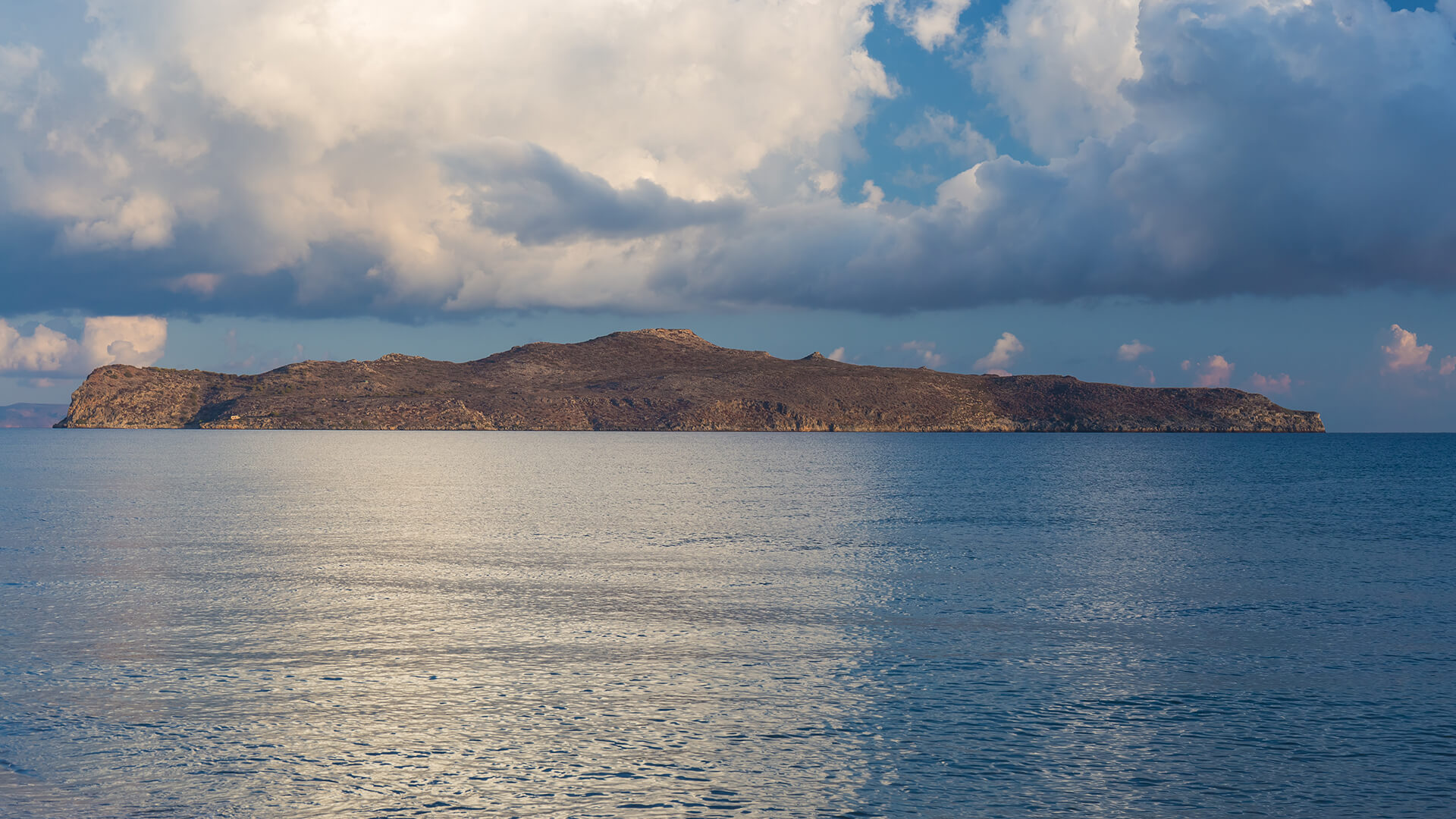Battle of
Maleme
Crete, with its rich tapestry of ancient civilizations and storied past, has also been a stage for more recent historical events. Among these, the Battle of Maleme, during World War II, stands out as a turning point in the battle for the Mediterranean.
In May 1941, the azure skies of Crete were darkened by the shadows of German paratroopers descending near Maleme. The Maleme airfield became the focal point of this battle. Control over this strategic location was vital: for the Allies, it was crucial to retain it to prevent further airborne landings; for the Germans, capturing it was essential to bring in reinforcements and secure a foothold on the island.
Despite fierce resistance by the combined forces of British, Australian, New Zealand, and Greek troops, the Germans managed to seize the airfield. This pivotal moment significantly impacted the course of the battle for Crete. Within days, the island was under Axis control, marking a significant victory for the German military and a devastating loss for the Allies.
The aftermath of the battle saw thousands of casualties on both sides. The landscape, once serene and tranquil, bore the scars of conflict. Today, the German War Cemetery in Maleme serves as a somber reminder of the lives lost. Here, rows of white crosses and tombstones stand against the backdrop of the Cretan mountains, symbolizing the cost of war.
However, the Battle of Maleme is not just a story of military strategy and loss. It’s also a testament to the resilience of the Cretan people. Throughout the occupation, their spirit of resistance and unity remained unbroken.
Today, as visitors tread the grounds where history was forged, it’s essential to approach with reverence and understanding. The Battle of Maleme is a chapter in Crete’s history that resonates with tales of valor, sacrifice, and resilience.

